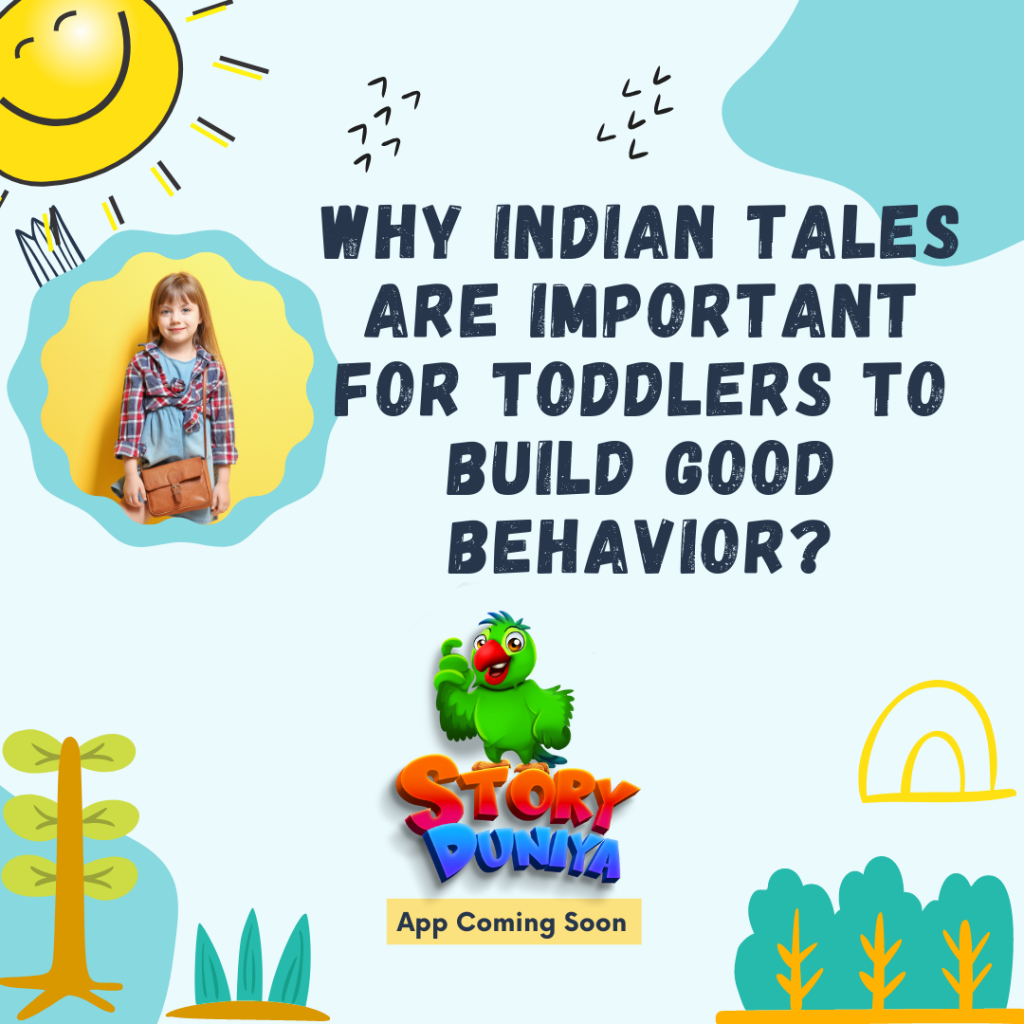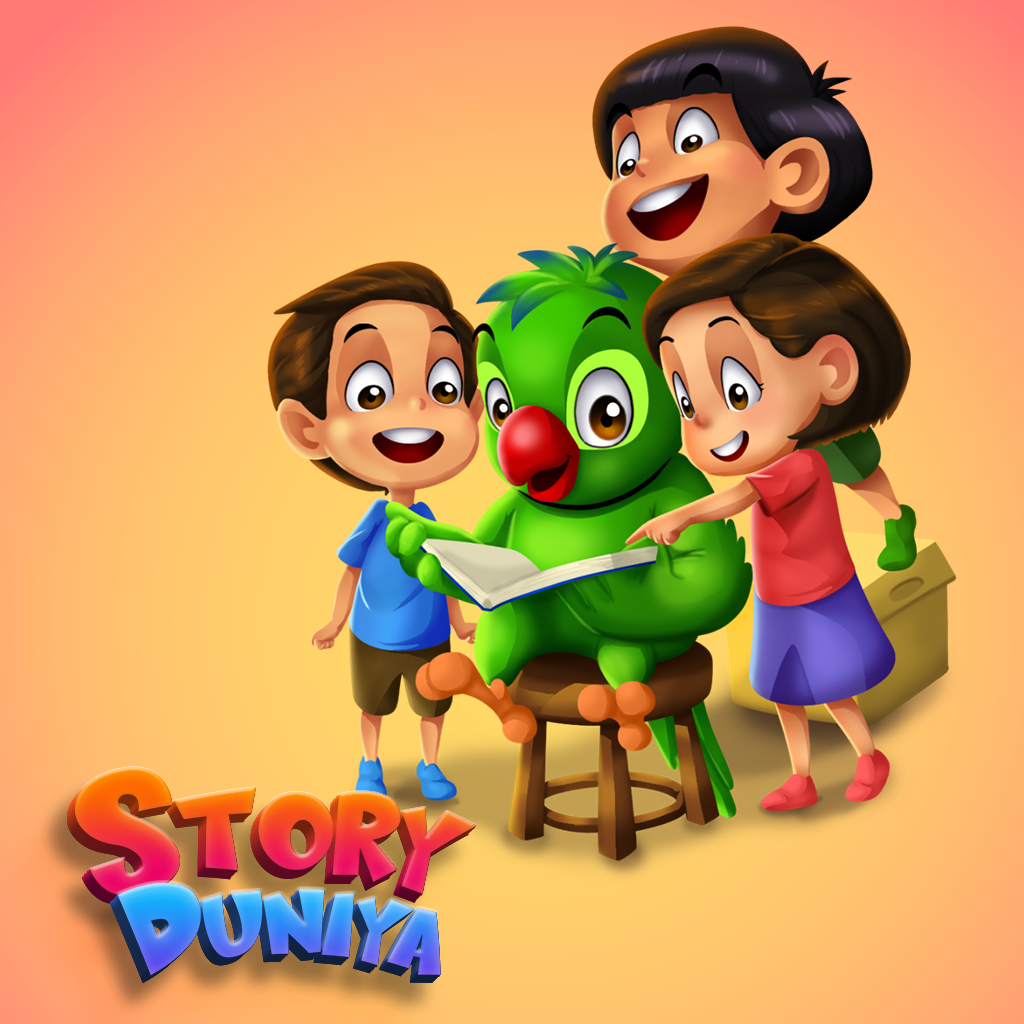What is Navratri?
For nine days during ” Navratri,” Indians celebrate a vibrant festival. The term “Navratri” comes from the Sanskrit words “Nav,” meaning “nine,” and “Ratri,” meaning “nights.” This festival is dedicated to worshiping Goddess Durga, who embodies strength and love.
Why is it Called Navratri?
Navratri is named in honour of the nine distinct forms of Goddess Durga, each worshipped on a different night over the course of nine days. These forms symbolise qualities like wisdom, courage, and compassion. The word “Navratri” directly translates to “nine nights,” signifying this period of devotion to the goddess.
Curious about how the Mahabharata shaped the course of history?Dive into the full story here:“https://blog.storyduniya.com/indias-epic-saga-the-origins-of-the-mahabharata/“
The Four Types of Navratri
Navratri is observed four times a year. The two most prominent celebrations are:
- Chaitra Navratri: In March-April, “Chaitra Navratri” marks the Hindu New Year, when prayers and rituals are “centered” around the festival.
- Sharad Navratri (September-October): The most popular celebration, culminating in Dussehra, symbolising the victory of good over evil.
Two lesser-known forms include:
- Magha Navratri (January-February)
- Ashadha Navratri (June-July), also known as Gupt Navratri, primarily centers on spiritual development.
Celebrating Navratri: A Time of Devotion and Joy

Navratri is not just a festival; it’s a time for joy and spiritual growth. People engage in rituals, fasting, and worshiping “Goddess Durga “in her nine forms. While Chaitra Navratri brings hope with the new year, Sharad Navratri is filled with lively celebrations like Garba and Dandiya, where communities come together to dance (Garba).
The Nine Days of Navratri
Goddess Durga takes on a different form each day during Navratri:
| Day | Goddess |
|---|---|
| Day 1 | Shailputri |
| Day 2 | Brahmacharini |
| Day 3 | Chandraghanta |
| Day 4 | Kushmanda |
| Day 5 | Skandamata |
| Day 6 | Katyayani |
| Day 7 | Kalaratri |
| Day 8 | Mahagauri |
| Day 9 | Siddhidatri |
On the tenth day, known as Vijayadashami, we celebrate Goddess Durga’s victory over the demon Mahishasura, symbolizing the victory of good over evil.
What Makes Navratri Special?
Navratri transcends mere festivities; it encourages spiritual reflection. People fast, chant shlokas, and perform rituals to honor the goddess. This festival connects us with the universe’s energies and the divine power we worship, allowing us to seek both spiritual and material benefits.
Join us in celebrating Navratri! Watch my story of “NavDurga on StoryDuniya and experience the divine journey.”
Navratri Traditions
Prayers and Pujas
Families perform daily prayers to honour Goddess Durga, offering flowers and sweets.
Fasting
Devotees often fast to demonstrate devotion and cleanse their bodies and minds.
Garba and Dandiya

These traditional dance forms foster community celebration.
Decorations
In celebration of this festival, temples and homes are decorated with lights and flowers.
Special Foods
Festive dishes, like kheer and puris, are prepared and shared with loved ones.
The Story of Mahishasura and Goddess Durga
Once, a powerful demon named Mahishasura terrorized the gods and seized heaven. Unable to defeat him, the gods called upon the Divine Mother for help. In response, Goddess Durga was created from their combined strengths, equipped with special weapons like a bow and sword.
The epic battle lasted for nine days and nights, with Mahishasura changing forms to escape. Ultimately, on the tenth day, Goddess Durga triumphed, restoring peace to heaven and teaching us that good always conquers evil.
Conclusion
Navratri is a festival of strength, devotion, and unity. Through prayers, dances, and celebrations, people honor Goddess Durga and reaffirm the belief that good triumphs over evil. This festival fosters happiness, unites families, and strengthens communities, reminding us of the importance of connection and solidarity.
The nine nights of Navaratri are dedicated to the forms of Goddess Durga associated with each day. The first form, Shailputri, symbolizes purity and strength. Curious about her significance?
To explore her story and learn more about the other forms of Goddess Durga, “read our upcoming articles and download the StoryDuniya app” for deeper insights into these divine tales!



